Bold Kids
1. Bell System, 1969
AT&T's Bell System hired legendary graphic designer Saul Bass to overhaul its look. He came up with a bold, stylized outline that he used to unify its visual identity, emblazoning it on everything from trucks to uniforms to phone booths.
The message: The design projected confidence and modernity amid increased competition.
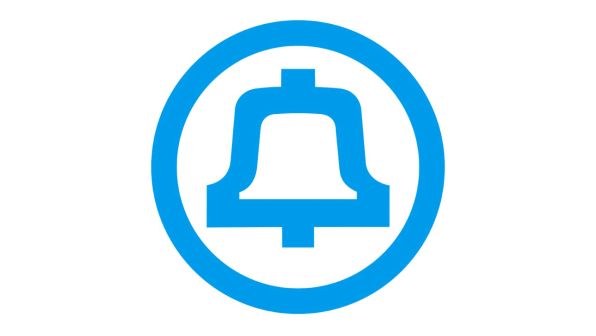
2. IBM, 1972
After transitioning from punch-card tabulation to personal computers, IBM brought in designer Paul Rand, who introduced the iconic "eight-bar" logo that is still used today.
The message: Rand's sleek overhaul was a match for IBM's forward-thinking sensibility as it built toward the coming PC revolution.
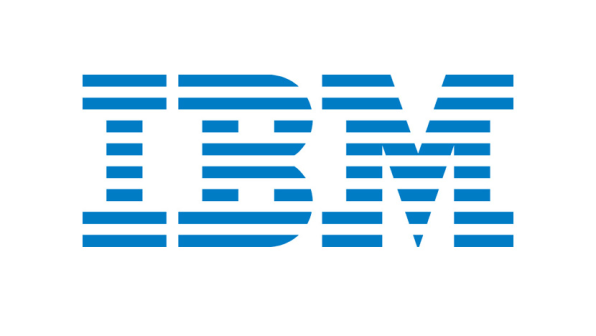
3. Datsun, 1981
For decades, Nissan exported cars under the Datsun name, until it decided to strengthen its global brand and use Nissan worldwide. It took a few years, but the switch finally stuck, due in part to a major "The Name Is Nissan" ad campaign.
The message: It was intended to make the Nissan name as familiar as rivals Honda and Toyota.

4. Banana Republic, 1990
When Banana Republic launched in 1978, its kitschy safari-themed stores were outfitted with real jeeps and fake palm trees. Gap bought it five years later, eventually ditching the Indiana Jones vibe in favor of a more upscale sensibility.
The message: The clean, tasteful look beckoned office workers, not jungle explorers.
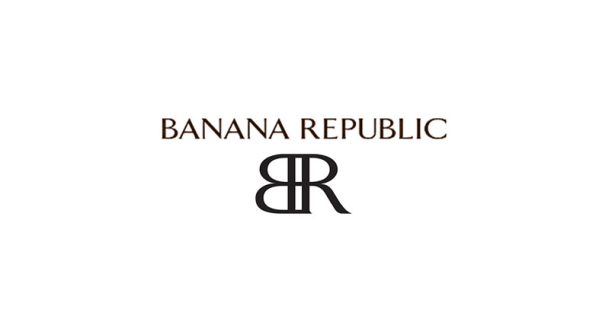
5. Federal Express, 1994
When Federal Express gave in to conventional usage and officially shortened its name, the resulting logo was as clever as it was eye-catching, with negative space forming an arrow—one of design's most celebrated visual tricks.
The message: The new name and sleek logo gave FedEx an unexpected hint of hipness.
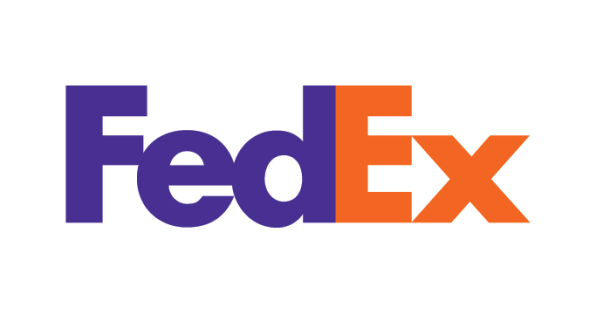
6. International House Of Pancakes, 1994
The International House of Pancakes sweetened its image with a name chop, following the syrup-slurping fans who had long referred to the chain as IHOP.
The message: That simple moniker shortening instantly made the chain seem more of-the-moment and self-aware.
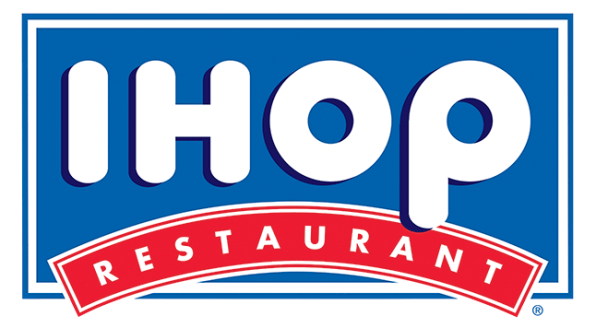
7. Andersen Consulting, 2001
After it split from Arthur Andersen, the company held an internal naming competition. An employee in the Norway office submitted Accenture, a portmanteau of "accent on the future."
The message: Accenture wanted a distinct identity—a good move given Arthur Andersen's later involvement in the Enron scandal.
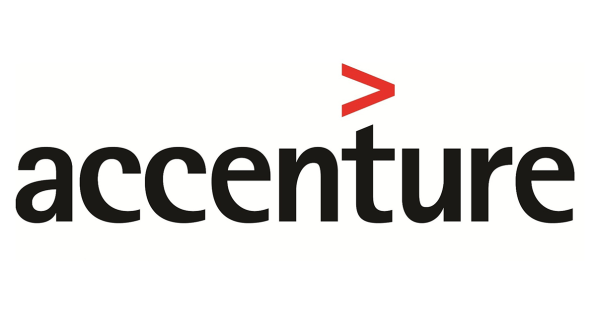
8. AirBed And Breakfast, 2009
When two roommates launched AirBed and Breakfast in 2007, the name was a reference to air mattresses. As the company grew and the concept evolved, they shortened it to Airbnb.
The message: People don't want to sleep on the floor. Airbnb might be a bit cryptic, but it reads as contemporary rather than uncomfortable.
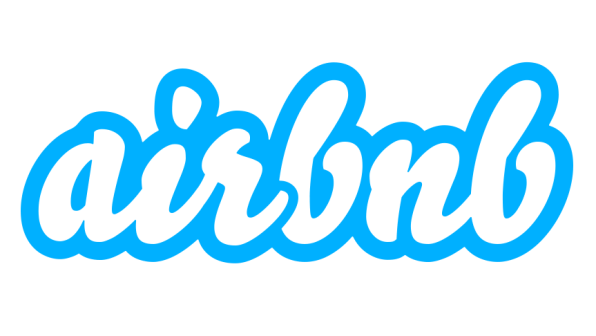
9. Clear Channel, 2014
The country's biggest radio network decided to rename itself iHeartMedia, a nod to its growing digital franchise, iHeartRadio.
The message: Emphasizing digital could help it compete with Pandora and Spotify. The change also moves away from a name that had become synonymous with corporate blandness.
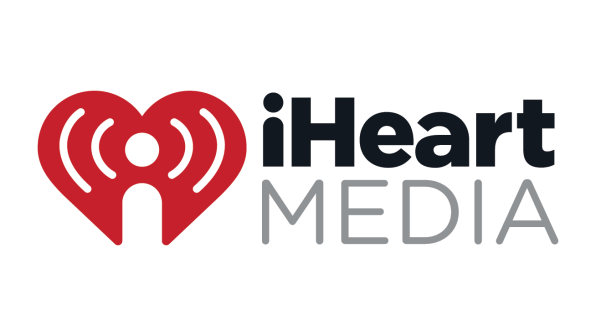
10. Google, 2015
With its focus rapidly expanding, the tech giant renamed itself Alphabet—a risky move that confused some consumers.
Source: https://www.fastcompany.com/3065220/10-bold-rebrands-that-made-a-big-difference

0 Komentar